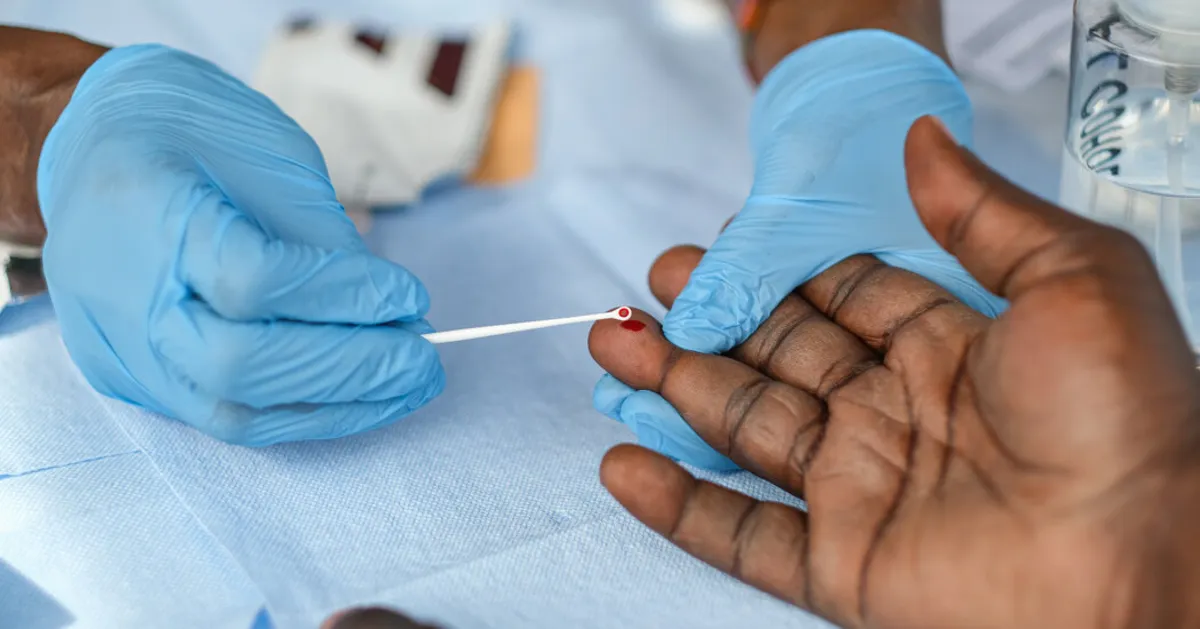
During his first term, President Donald J. Trump launched an ambitious initiative aimed at ending the H.I.V. epidemic in the United States by the year 2030. This plan specifically targeted 57 jurisdictions identified as having the most urgent needs. Mr. Trump unveiled this initiative during his 2019 State of the Union address, catching many advocacy groups by surprise. However, the initiative received widespread acclaim for its proactive approach and proved to be successful.
By 2022, the efforts stemming from this plan had made a noticeable impact, achieving a 30 percent reduction in new H.I.V. infections among adolescents and young adults. Additionally, there was a decrease of approximately 10 percent in new infections across most other demographic groups. This progress underscored the effectiveness of the Trump administration's strategy to address the H.I.V. crisis.
However, recent developments suggest a significant shift in the administration's approach to H.I.V. The current stance appears to diverge sharply from the previous initiative. Officials from the Department of Health and Human Services are reportedly contemplating the closure of the H.I.V. prevention division within the Centers for Disease Control and Prevention (C.D.C.). This potential move would involve reallocating some of its responsibilities to a different agency, which has raised concerns among public health advocates.
The C.D.C. plays a crucial role in the fight against H.I.V. by providing essential funding to states and territories. These funds are vital for various initiatives, including detecting and responding to H.I.V. outbreaks, implementing prevention strategies, facilitating syringe exchange programs, expanding testing in emergency rooms, and promoting education and awareness about the virus. Notably, around one in four new H.I.V. diagnoses is made possible through the support of agency funds, highlighting the importance of the C.D.C.'s efforts in combating H.I.V.
As of now, the administration's plan regarding the future of H.I.V. prevention remains uncertain. The discussions surrounding the potential changes are ongoing, and officials have indicated that while the plan may not be finalized, it is certainly being considered. "It’s not 100 percent going to happen, but 100 percent being discussed," remarked a federal official who requested anonymity due to the sensitive nature of the topic.
The trajectory of the Trump administration's H.I.V. strategy highlights a complex landscape in public health policy. While significant strides were made towards reducing new infections during the first term, the current considerations to alter the framework of H.I.V. prevention raise questions about the future of these vital initiatives. Advocacy groups and public health officials continue to monitor developments closely, emphasizing the need for sustained efforts to address the H.I.V. epidemic effectively.